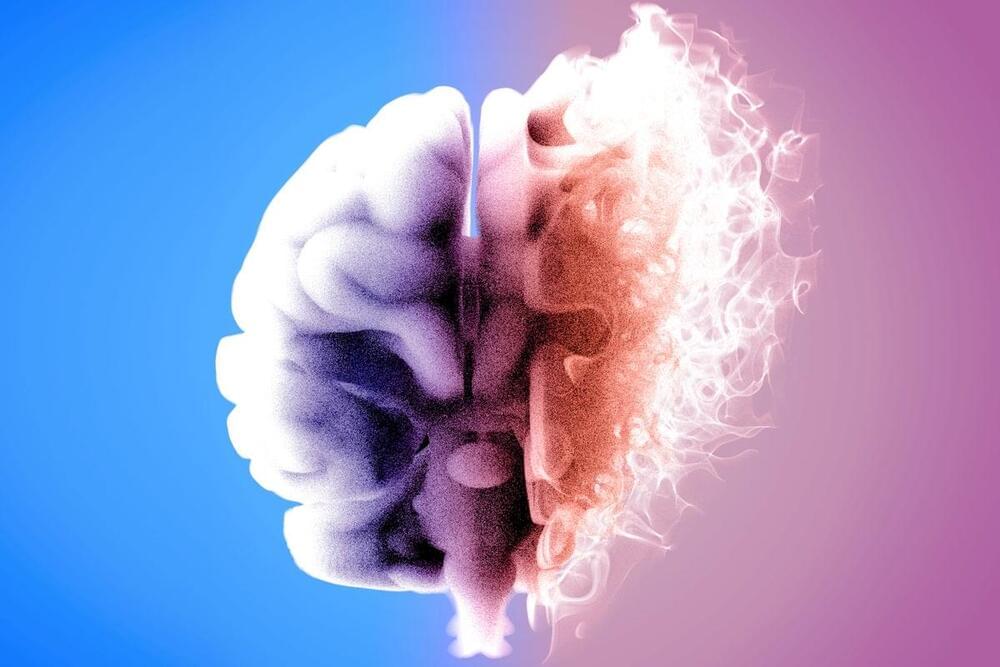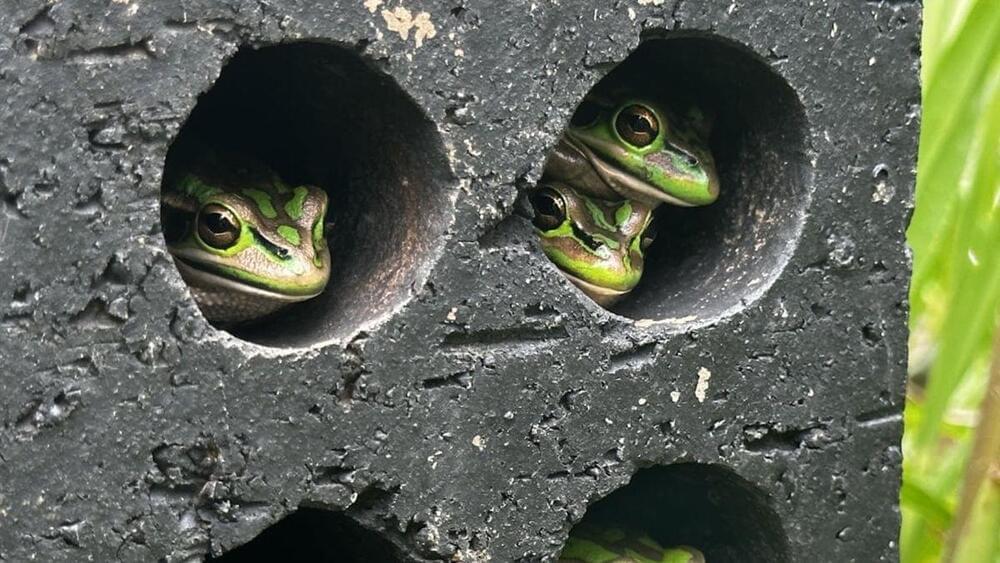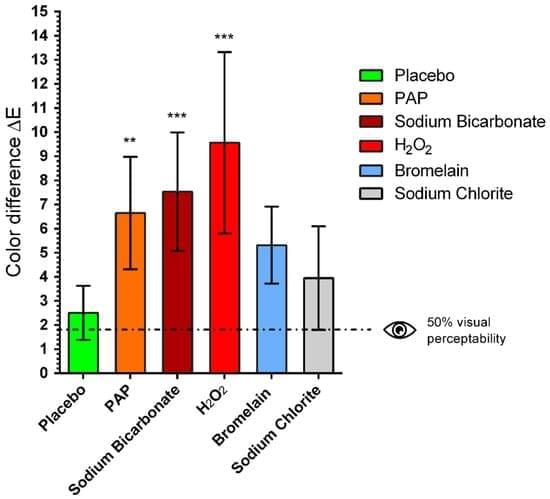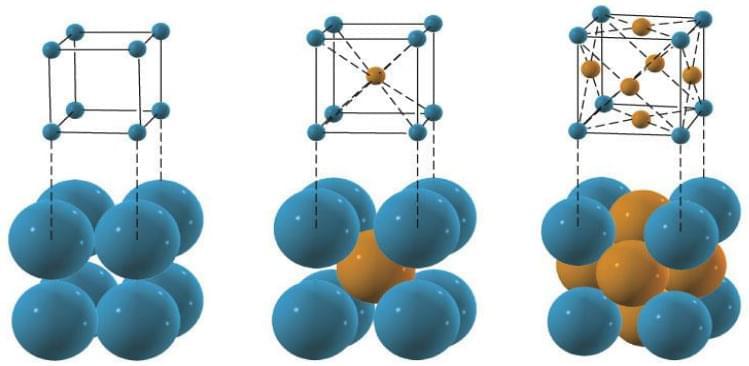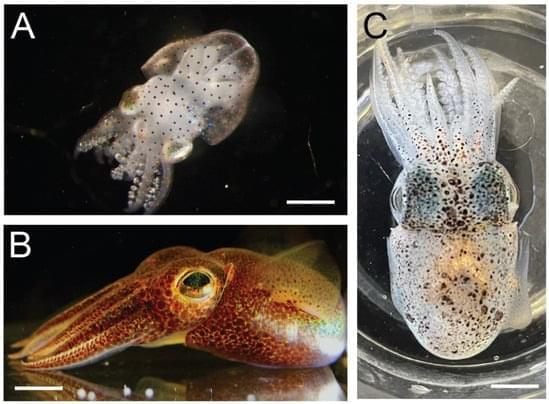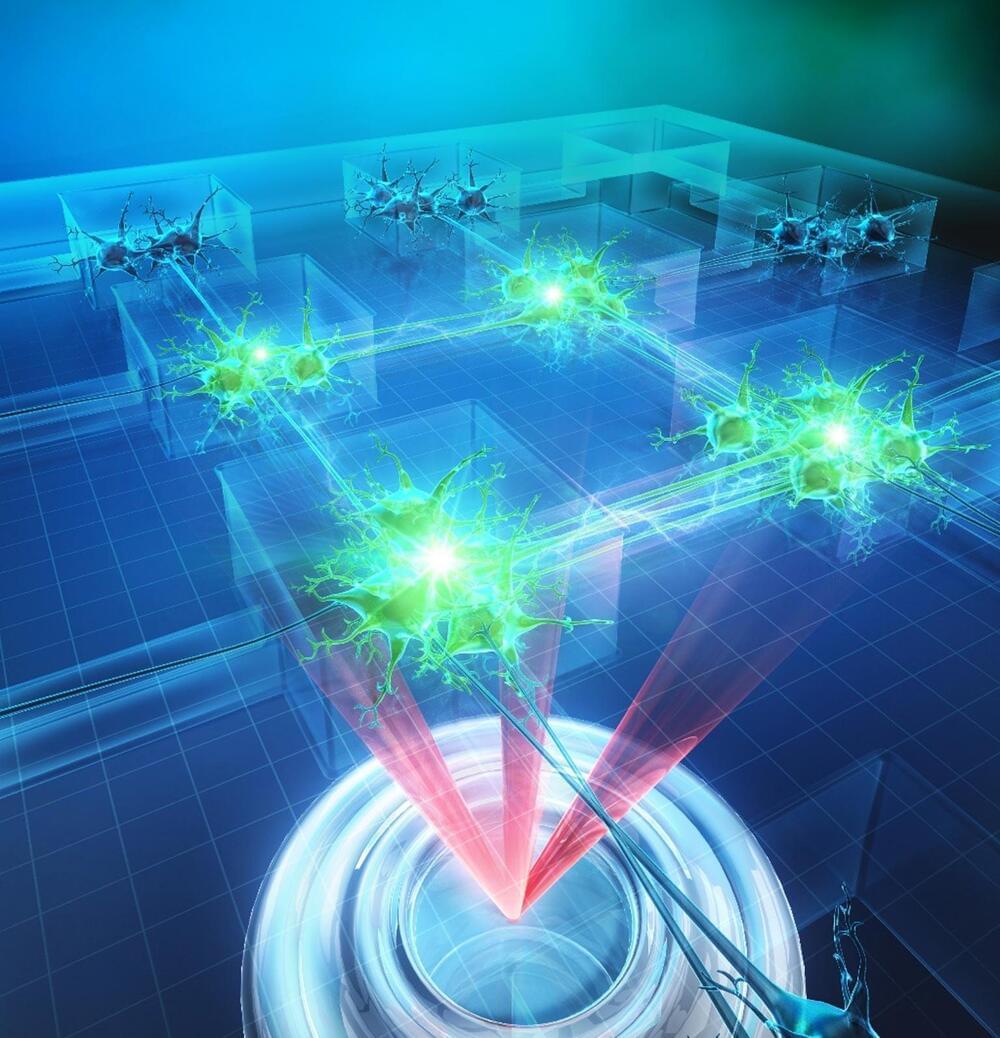U.S. telecom giants AT&T and Verizon say they have secured their networks after being targeted by the China-linked Salt Typhoon cyberespionage group.
In a statement given to TechCrunch on Monday, AT&T spokesperson Alexander Byers said the company detects “no activity by nation-state actors in our networks at this time.”
Verizon spokesperson Richard Young said in an emailed statement to TechCrunch on Sunday that the organization has “contained the cyber incident brought on by this nation-state threat actor,” and that it has not detected any threat actor activity on its network “for some time.”


